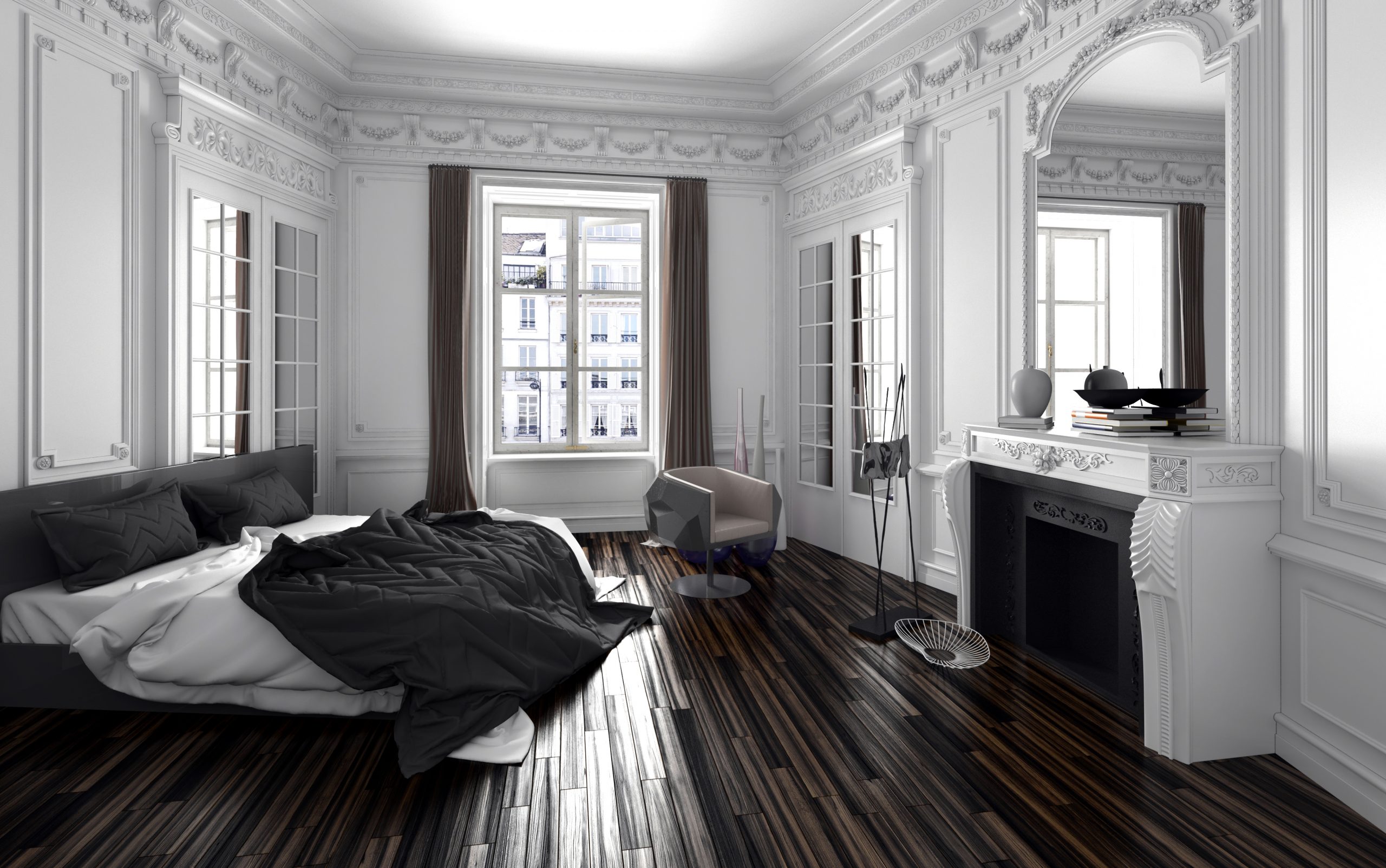
Wood and plaster are the most traditional materials for crown moulding and still widely used today, especially in restoration projects. Crown moulding can also be used to add visual interest to bookshelves or cabinets, or to hide wires.

Even simple designs can help create aesthetic consistency from room to room and unify the look of the home. Ornate designs draw the eye up, giving the illusion of added height and distracting from blemishes. Functionally, crown moulding finishes the space where the wall meets the ceiling.The angle of crown moulding disguises imperfections and hides gaps and flaws that develop as the walls shift over time.Ĭrown moulding is also a design element that will increase a home’s value and visual appeal. Wall crowns were used in temples to join an interior wall to the ceiling, usually at an angle. What is crown moulding?Ĭrown moulding is a type of trim style that dates back to Greek and Roman column design. Adding crown moulding to a powder room, living room, or any interior space is a simple home improvement that can serve both practical and aesthetic purposes while adding elegance and value to a home. Crown moulding is typically installed at ceiling height to disguise where the wall meets the ceiling.

.jpg)
#Ceiling plaster mouldings windows#
Moulding is the general term for the type of trim used to cover transitions from various surfaces, like walls to ceilings, and around windows and door frames. “Aesthetic and functionality are tied together when it comes to moulding.” -Aaron Butt


 0 kommentar(er)
0 kommentar(er)
